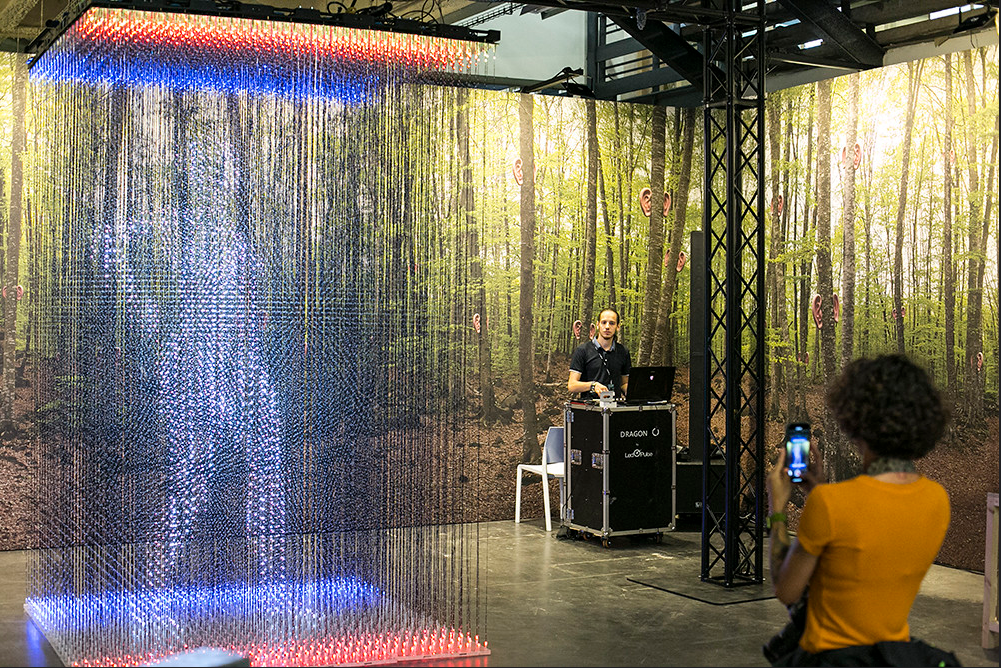
Information architect
Other denominations
Content engineer; Internet category manager; E-shopper category manager
Description
The role of information architects is to organise information in virtual spaces (websites, blogs, social network profiles, content managers, etc.) with the aim of helping and facilitating users to understand and access to this information.
The information generated on the Internet or produced inside an organisation needs to be as orderly and organised as possible if it is to be used efficiently, especially when the number of information to be processed or the web traffic is high. To draw a parallel with the profile of a traditional architect, an information architect can be defined as the person responsible for designing and creating a 'virtual building' where content and information about a range of topics is stored. In this sense, these professionals have to define which spaces are open to users and which are restricted, what the categories will be, what content to include in the main pages and secondary ones, what the browsing and access system will be, how information will be labelled, the order of priority for the publication of new content, etc.
This occupation is key for websites that create a lot of information, such as the media that multiply the updated content that they offer online every minute. In these cases, information architects design and develop automated processes in order to detect, organise and distribute the information produced by content producers.
Tasks
- Set the company's mission and vision through its website by identifying the balance between the organisation's objectives and the needs of potential customers.
- Conceptualise virtual space by modelling the potential user; conceptual design of the site, style and image; content organisation, browsing system and access to the site. If necessary, implement a virtual space prototype in order to test and evaluate.
- Decide on the information content, the structure and technical functionalities to be included in the website.
- Identify website project requirements and schedule its various stages and tasks.
- If information architects work with digital media:
Participate and advise in the elaboration of the content strategy and select the management and publication tools (Content manager software, DBs).
Lead the team of the technological platform for adding contents. Design automated processes and develop routines for the automatic classification and storage of information. - Facilitate information access and searches.
Design and create indices, classifications, taxonomies, information retrieval systems, site maps, etc.
Add the description of metadata (data about other data) and site search engine optimisation in order to make the website more visible on the Internet. - Implement, test and evaluate a prototype of virtual space; monitor and maintain it and establish the technical and conceptual means that enable scaling of the virtual space.
- If necessary, collaborate in the transfer of contents to the customer: Integrate customer selected contents packages into websites, intranets and wireless devices and adapt them to the required format.










 | Catalan | Beginner
| Catalan | Beginner | English | Advanced
| English | Advanced
 Open
Open




 | English | Beginner
| English | Beginner


